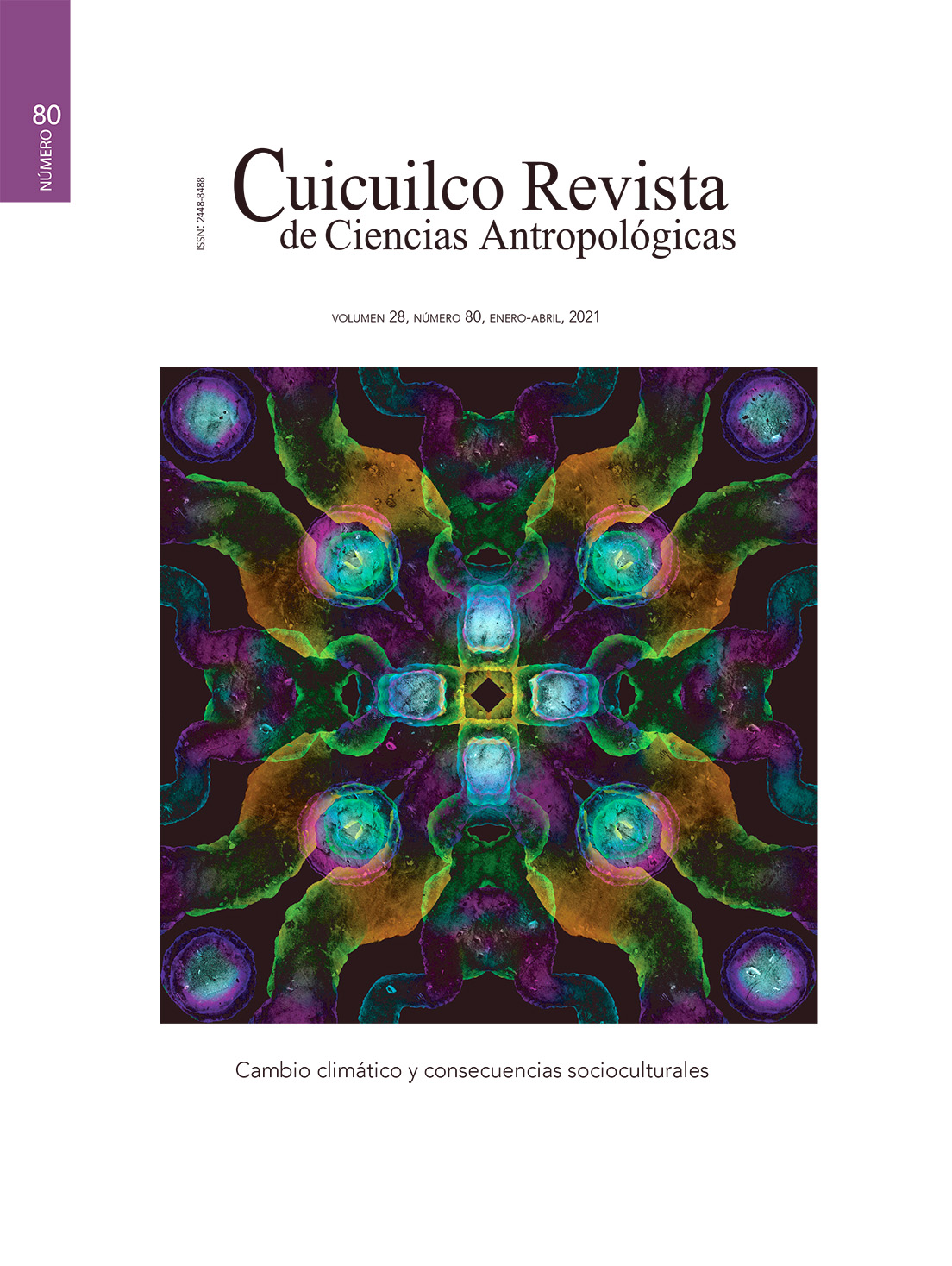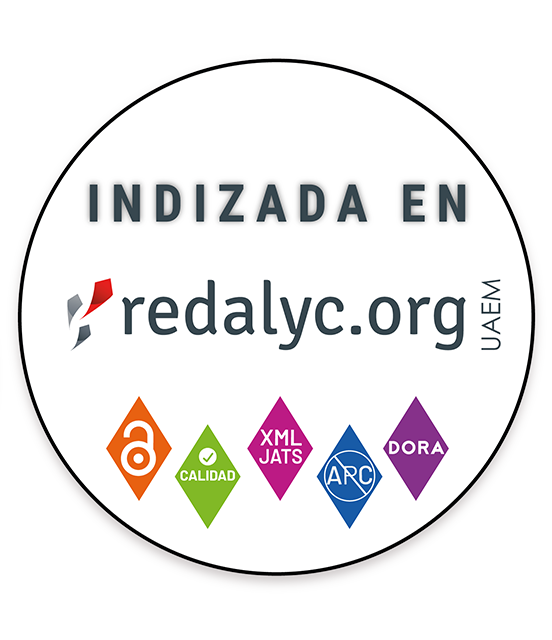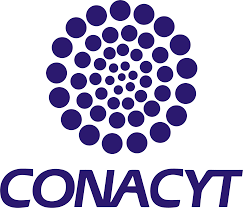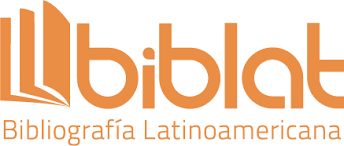The origin and dispersal of the domestic turkey in Mesoamerica. A conjunction of environmental and cultural factors
Keywords:
Domestication, Meleagris gallopavo, domestic turkey, Mesoamerica.Abstract
Domestic animals are the result of the adaptation of wild species to the human environment, by way of natural selection, a process which began in pre-civilization times in various regions of the world. In the case of Mexico, the first animal to enter the process was the Wild turkey, or turkey (Meleagris gallopavo). Its history of interaction with man and its dispersal consists of two phases. The first includes biological processes that involved the flocks of these birds interacting with human seasonal macrobands in the southern Mexican highlands, adapting to the interaction with Homo sapiens until their absolute inclusion into human communities, a process that was already concluded around 3,000 years ago in central Mexico, as recognized archaeozoological remains provide evidence of the existence of domesticated specimens at that time. The second phase is represented by way of the dispersion of the species throughout the various regions of Mesoamerica and perhaps Oasisamerica (southeast USA and northern Mexico), which took around two thousand years, varying the pace at which it occured depending on the dominant environment in each region, along with the body of traditional knowledge that accompanied the said specimens; due to the aforementioned conditions, in the south of Mesoamerica the arrival of the domestic turkey was during the Formative period, thanks to the fact that the warm, semi-humid environment was biologically compatible, whilst their arrival to the regions populated by the Maya was during the Terminal Classic period, basically because the tropical humid environment was not as favorable for them, thus requiring greater human effort so as to support their stay in the region, a condition that was achieved in the early Postclassic period.
Downloads
References
Bokönyi, Sandor. 1988, Domesticación y cría temprana de animales en Europa central, oriental y meridional, en Coloquio Gordon Childe, Estudios sobre las revoluciones neolítica y urbana, Serie Monografías: 2. Arqueología, Linda Manzanilla (ed). IIA-UNAM. México: 175-180.
Corona, Eduardo. 2006, Una ofrenda de guajolote en el sitio Oaxtepec km 27.5, Morelos. In Memorias del IV Congreso Interno del Centro INAH Morelos, A. G. Canto, G. L. Ledesma, G. M. Tostado et al. (eds.). INAH. México: 49–52.
González, Rebecca. 2014, La zona del Golfo en el Preclásico: la etapa Olmeca, en Historia Antigua de México, I, Linda R. Manzanilla y Leonardo López (coords). CONACULTA, INAH, Porrúa, IIA-UNAM. México: 363-406.
Kennedy, Erin, Kitty Emery, David Steadman et al. 2012, Earliest Mexican Turkeys (Meleagris gallopavo) in the maya region: implications for Pre-Hispanic Animal Trade and the Timing of Turkey Domestication. PLoS one 7 (8): 1-8, e42630.
Leopold, Alexander. 1990, Fauna silvestre de México. Editorial Pax. México.
Manin Aurélie, Eduardo M. Corona, Alexander Michelle et al. 2018, Diversity of management strategies in Mesoamerican turkeys: archaeological, isotopic and genetic evidence. Royal Society Open Science 5: 171613. http://dx.doi.org/10.1098/rsos.171613
Manin, Aurélie, Grégory Pereira y Christine Lefèvre. 2015, El uso de los animales en una ciudad tarasca posclásica: estudio arqueozoológico del sitio de Malpaís Prieto (Michoacán, México). Archaeobios 9 (1): 28-42.
Martínez-Patricia y Eduardo Corona. 2016, Possible co-existence of two species of genus Meleagris at Monte Albán, Oaxaca. J. Archaeol. Sci. Rep. 10: 632–639.
McClung, Emily y Judith Zurita. 2014, Las primeras sociedades sedentarias, en Historia Antigua de México, I, Linda R. Manzanilla y Leonardo López (coords). CONACULTA, INAH, Porrúa, IIA-UNAM. México: 255-296.
Medina, Andrés, Raúl Valadez, Gilberto Pérez et al. Huexolotl. Pasado y presente en México. Universidad Autónoma de San Luis Potosí, IIA-UNAM. México. En prensa.
Muñoz, José F. s/f Guajolotes silvestres en Arizpe, Sonora. https://www.google.com.mx/searchq=guajolotes+silvestres&source=lnms&tbm=isch&sa=X&ved=0ahUKEwik5MbMgITdAhUlHDQIHToVDhwQ_AUICigB&biw=1518&bih=722#imgrc=7H3Q4N8iYqqAFM:&spf=1535055932027 Consultado el 23 de agosto de 2018.
Robles, Francia s/f ¿Cuáles son las regiones naturales de México? https://www.lifeder.com/regiones-naturales-de-mexico/ Consultado el 23 de agosto de 2018.
Speller, Camilla. 2009, Investigating turkey (Meleagris gallopavo) domestication in the southwest United States through ancient dna analysis. PhD Thesis. Simon Fraser University. Estados Unidos.
Thornton Erin Kennedy, Kitty Emery, Camilla Speller. 2016, Ancient Maya turkey husbandry: testing theories through stable isotopes analysis. J. Archaeol. Sci. Rep. 10: 584–595.
Valadez, Raúl. 1992, Impacto del recurso faunístico en la sociedad teotihuacana. Tesis de doctorado. UNAM. México. 2003, La domesticación animal. 2ª edición. IIA-UNAM. México. 2009, El fenómeno de la domesticación animal en los albores del siglo XXI. Revista de la Asociación Mexicana de Médicos Veterinarios Especialistas en Pequeñas Especies 20 (6):136-148. 2016, El origen del perro: condiciones ambientales, procesos biológicos, factores culturales y efectos en el ambiente, en Cambio climático y procesos culturales Vol. 3, Mayan Cervantes y Fernando López Aguilar (Coords). Academia Mexicana de Ciencias Antropológicas, A.C.; Dirección de Etnología y Antropología Social. México: 97-135.
Valadez, Raúl, Luis Gamboa, Nadia Vélez et al. 2004, Perros y prácticas rituales en una antigua aldea de la Cuenca de México. Revista de la Asociación Mexicana de Médicos Veterinarios Especialistas en Pequeñas Especies 15 (5): 158-171.
Valadez, Raúl, Bernardo Rodríguez y Alicia Blanco. 2007, Flujos migratorios e influencias culturales entre el centro, el occidente y el noroccidente de Mesoamérica, vistos a través de la fauna doméstica, en Dinámicas culturales entre el Occidente, el Centro-Norte y la Cuenca de México, del Preclásico al Epiclásico, Brigitte Faugére (coord). El Colegio de Michoacán Centre d'Études Mexicaines et Centraméricaines. México: 231-245.
Valadez, Raúl y Bernardo Rodríguez. 2009, Arqueofauna de vertebrados de las cuevas, en Obras 1, El inframundo de Teotihuacán, ocupaciones post-teotihuacanas en los Túneles al este de la Pirámide del Sol, II, El ambiente y el Hombre, Arqueofauna, XVII, Linda R. Manzanilla (ed) y Raúl Valadez (coord). El Colegio Nacional. México: 47-300.
Valadez, Raúl, Bernardo Rodríguez, Joel Ch. Piñón et al. 2017, Capítulo 2. Arqueofauna de Teopancazco, dinámicas de uso y cambios en el tiempo, en El uso de los recursos naturales en un centro de barrio de Teotihuacan: Teopancazco, Linda Manzanilla (ed.) y Raúl Valadez (coord). Dirección General de Asuntos del Personal Académico, IIA-UNAM. México: 39-129.
Valadez, Raúl, Bernardo Rodríguez y Mónica Gómez. 2018, La fauna arqueológica, en Itzamkanac, El Tigre, Campeche. Exploración, consolidación y análisis de los materiales de la Estructura 4, Ernesto Vargas (ed.). IIA-UNAM. México: 395-478.
Downloads
Published
Versions
- 2022-02-13 (2)
- 2021-06-20 (1)







